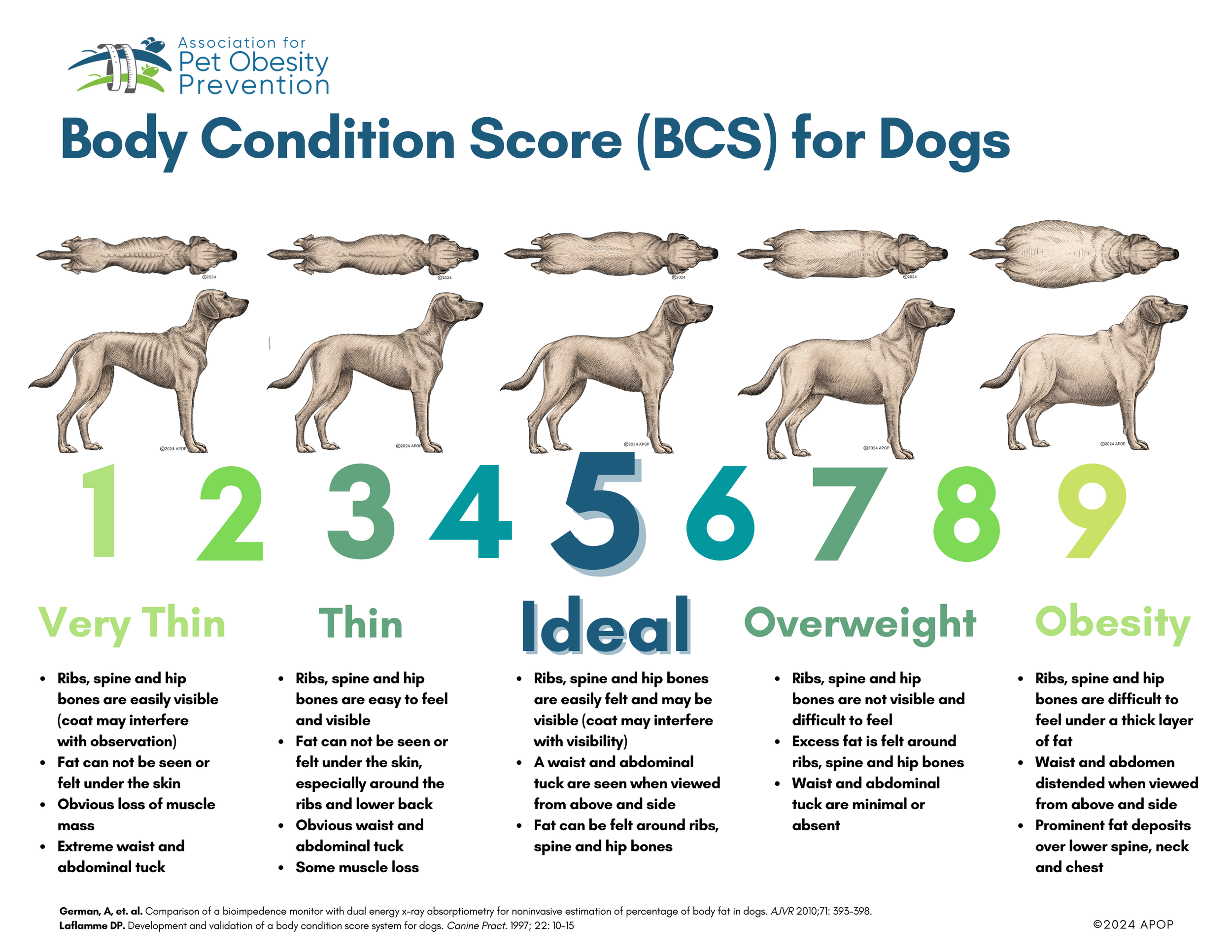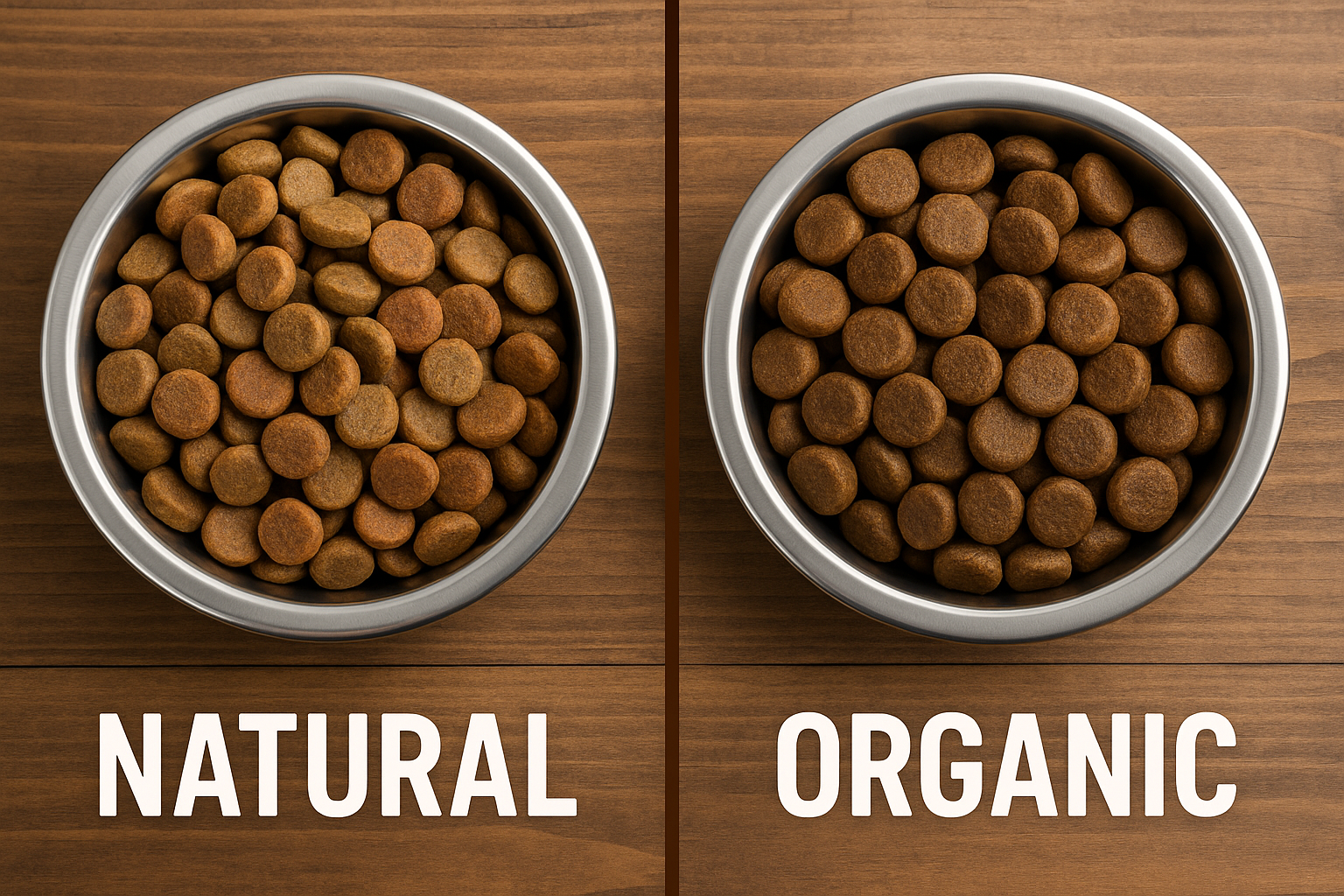When Should I Switch My Dog From Puppy to Adult Food?
6 mins to read

Timing matters more than you think.
Why the Transition Isn’t Just About Age
Feeding your puppy adult food too soon can undercut their development. Wait too long, and you risk unnecessary weight gain. The switch isn’t one-size-fits-all—it hinges on breed size, maturity, and lifestyle.
Know Your Dog’s Growth Curve
Small Breeds (<20 lbs):
Switch at 10–12 months. They mature quickly and can transition earlier.
Medium Breeds (20–50 lbs):
Ideal window is 12 months. Some may benefit from waiting until 13–14 months.
Large & Giant Breeds (>50 lbs):
Wait until 12–18 months. These pups grow slower and need extended access to puppy formulas for proper bone development.
Why It Matters
Puppy formulas are higher in calories, protein, and essential nutrients like calcium and phosphorus—perfect for rapid growth. But if fed beyond maturity, they can lead to:
Obesity
Joint issues
Nutritional imbalances
Adult food supports maintenance, not growth. The key is knowing when your dog stops growing up and starts filling out.
How to Make the Switch
Gradually transition over 7–10 days
Day
Puppy Food
Adult Food
1–3
75%
25%
4–6
50%
50%
7–9
25%
75%
10+
0%
100%
Watch for digestive changes. If your dog shows signs of upset (diarrhea, vomiting, or gas), slow the transition.
From Puppy to Pack Leader
At Wolf Dane Pug, we help your dog thrive through every stage of life. Our transition plans are tailored to breed, age, and activity—whether you’re raising a feisty Frenchie or a mellow Mastiff. All our adult meals are AAFCO-compliant, slow-cooked for digestibility, and portioned by dog—not guesswork.
Final Signs It’s Time to Switch
Slower growth or weight gain levels off
Energy needs stabilize
Adult teeth are fully in
Vet gives the go-ahead
Still unsure? Let our team at Wolf Dane Pug customize a transition plan that grows with your pup. Because feeding right isn’t just about food—it’s about future-proofing their health.






